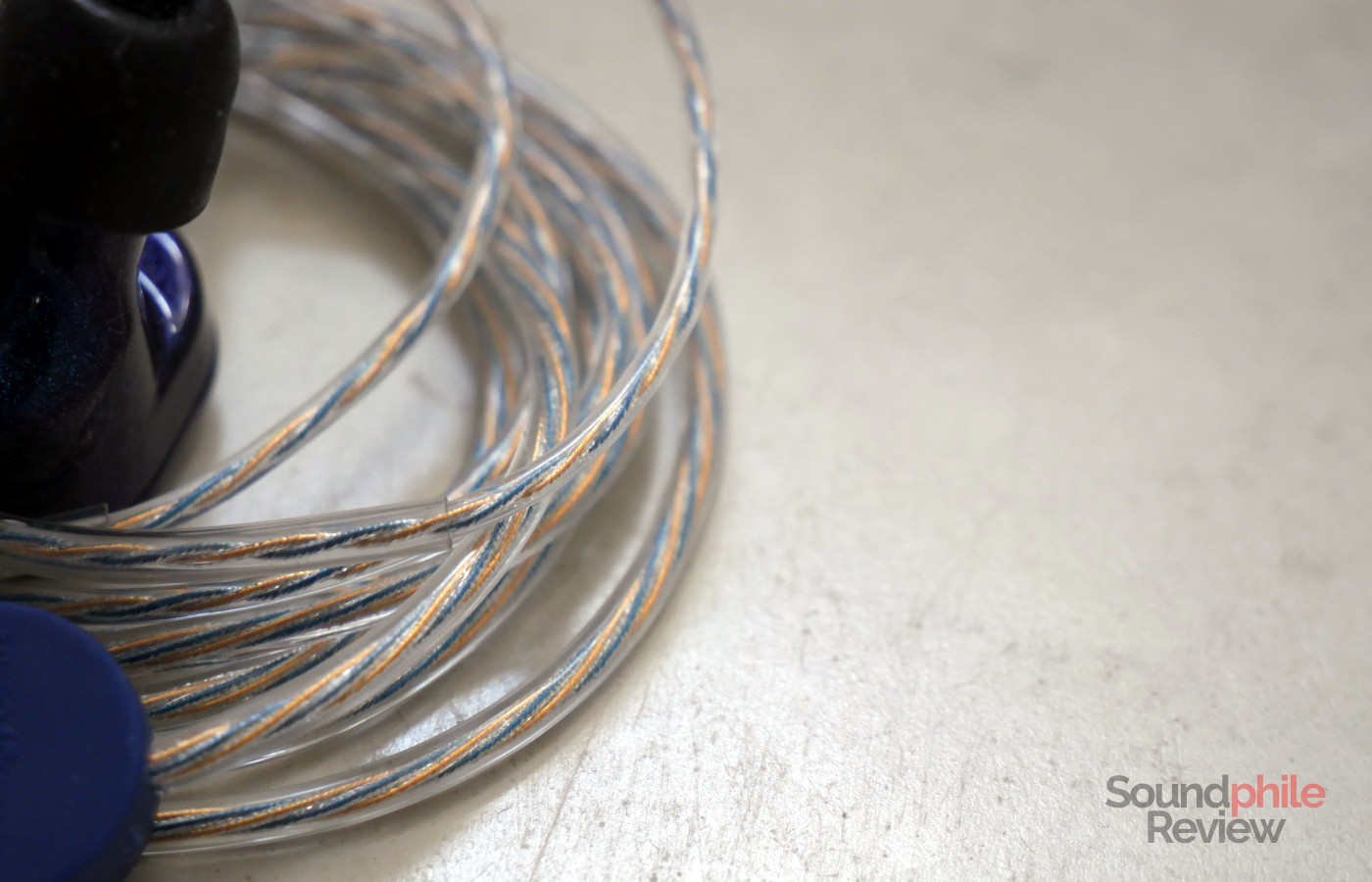There’s an old Italian saying that roughly translates to “not all doughnuts come with a hole”, meaning that not everything turns out perfect despite your best efforts. That appears to apply to the Moondrop Stellaris, which are the firm’s first attempt at creating planar earphones. The results are not quite as great as one would expect from Moondrop, which has made a great reputation for itself with previous products.
Disclaimer: I received the Stellaris from Linsoul, free of charge.
TL;DR: recap
| Pros |
Cons |
| + Very nice, unique design
+ Well-built + Fast transients + Very good detail |
– Weird imaging
– Over-emphasised upper midrange and treble |
Rating: 5/10
Packaging & Accessories
There’s nothing particularly new with the packaging of the Stellaris, as they come in the usual package and with the usual accessories of most other Moondrop earphones: there’s the earpieces themselves, the cable, a hard carrying case and a varied set of eartips.
Design & Comfort

Design is surely one of the things that set the Moondrop Stellaris apart. The earphones feature quite an unusual design in terms of both shape and decoration. The earpieces are oval, with angled nozzles coming out of them, but with the oval section being slightly larger than the rest and therefore protruding from the main body section. Moondrop decided to paint the shells with a metallic blue finish that actually glitters, while the faceplates have decorations that remind me of Medieval sky maps – there’s the Sun on the right hand side, and what appears to be sunshine rays on the left hand side. It’s certainly quite an original, not to say unique, decoration.
Mostly due to the use of metal for the shells, I find build quality to be quite great and I can’t find any faults with it.

Due to the weird shape, comfort is not exactly great. In fact, I find it rather poor as I feel some discomfort after just a few minutes of wearing them. Funnily enough, I found that the foam eartips are the most comfortable of the bunch, but they also tend to close the ear canal so much that you end up not hearing anything. The weight is also felt quite soon, which doesn’t help with comfort.

Passive isolation is barely decent, as I can still hear the click-clack of my keyboard (with Cherry Red switches, so relatively silent) while I am typing this while listening to Ensiferum’s Rised by the Sword. The Stellaris are not great if you plan to use them in noisy environments.

The cable is quite thin, but the other side of the coin is that it is also quite soft and malleable. It is made of four cores, two per channel, each very thin. The 3.5 mm jack has a right-angle plug, while the Y-split and the MMCX connectors have blue plastic housings.
Sound & Specs
I mostly tested the Stellaris using a HiBy R5.
Moondrop Stellaris |
| Frequency response | 10 – 50,000 Hz |
| Impedance | 36 Ω |
| Sensitivity | 117 dB |
The soundstage is quite wide and covers the full spectrum from extreme left to extreme right, though it doesn’t have much to offer in terms of depth. Imaging is a bit weird, in that the centre position is more akin to a “left plus right” rather than a real centre; other than that, there’s accurate placement of instruments on the stage. Instrument separation is quite good, even in complex tracks (e.g. Snarky Puppy’s Free Fall).
Bass is subdued and almost shy, as it sits in the back and could be described as slightly recessed. Even bass-rich tracks like Aes Dana’s Inks have little bass to show. There’s good depth, but it’s barely audible, so it doesn’t really matter that much. On the positive side, there’s good detail and layering.
The mids are characterised by a bump in the middle-upper area that makes them very bright. This additional emphasis is not a result of a large spike, so it doesn’t end up outright sounding wrong, but it is still significant enough to alter the tonality and make it quite a bit more aggressive than it should be. Detail is quite good overall.
Treble is the most problematic area of the Stellaris, as it is very emphasised and ends up being fatiguing after a short while, especially if the music you listen to is already rich in highs. The issue appears to be a large spike around the 12 kHz mark, which makes things like cymbals pop out way more than they should and become piercing and almost harsh. You can clearly hear in this in tracks like the aforementioned Inks, where the cymbals are in front of everything else and sound quite sharp. On the other hand, though, the detail exposed by the Stellaris is fantastic and you can really hear all the minutiae going on, which showcase the capabilities of the planar driver.
Final Thoughts
There are many good things about the Moondrop Stellaris, but there are also quite a few flaws that just can’t be overlooked. While there’s a richness to the sound that is uncommon at this price point, with a very good level of detail, there’s also a problematic sound signature that most people will find excessively tilted towards the upper area. This, coupled with other factors like the low comfort and the poor passive isolation, make the Stellaris less interesting than they could have been and not recommended.









